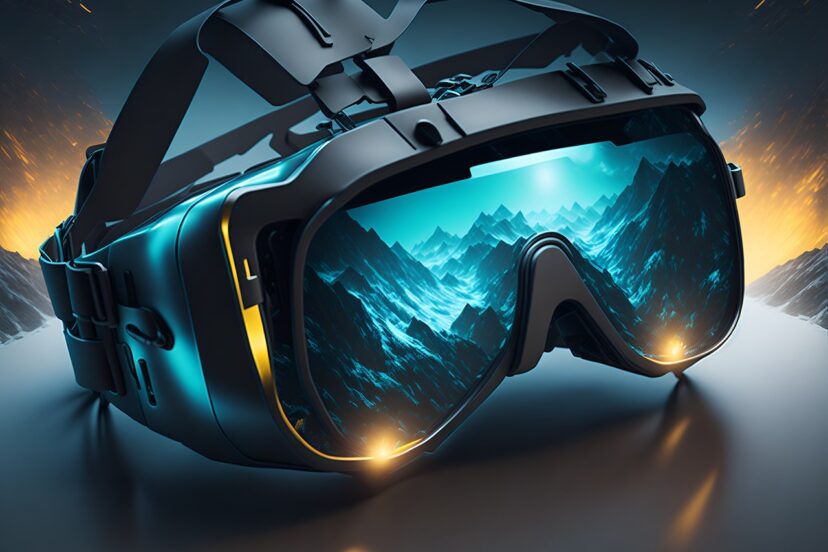What Is The Best Way To Reduce Motion Sickness In VR?
In the fascinating world of virtual reality (VR), experiencing motion sickness can put a damper on your immersive adventures. Understanding the best practices to minimize this discomfort can make all the difference in enjoying VR to its fullest. From adjusting in-game settings and selecting the right headset, to adopting simple habits that your body will thank you for, discovering effective ways to reduce motion sickness will help keep you on your feet and fully engaged in your virtual experiences. Dive into this guide and learn how to make your VR journeys smoother and more enjoyable. Have you ever felt queasy while exploring virtual worlds? If you’ve ever experienced VR motion sickness, you’re not alone. This uncomfortable sensation can be a real hindrance, transforming what should be an exciting journey into a dizzying ordeal. In the article “What Is The Best Way To Reduce Motion Sickness In VR?”, we’re going to dive deep into understanding and mitigating this curious phenomenon.
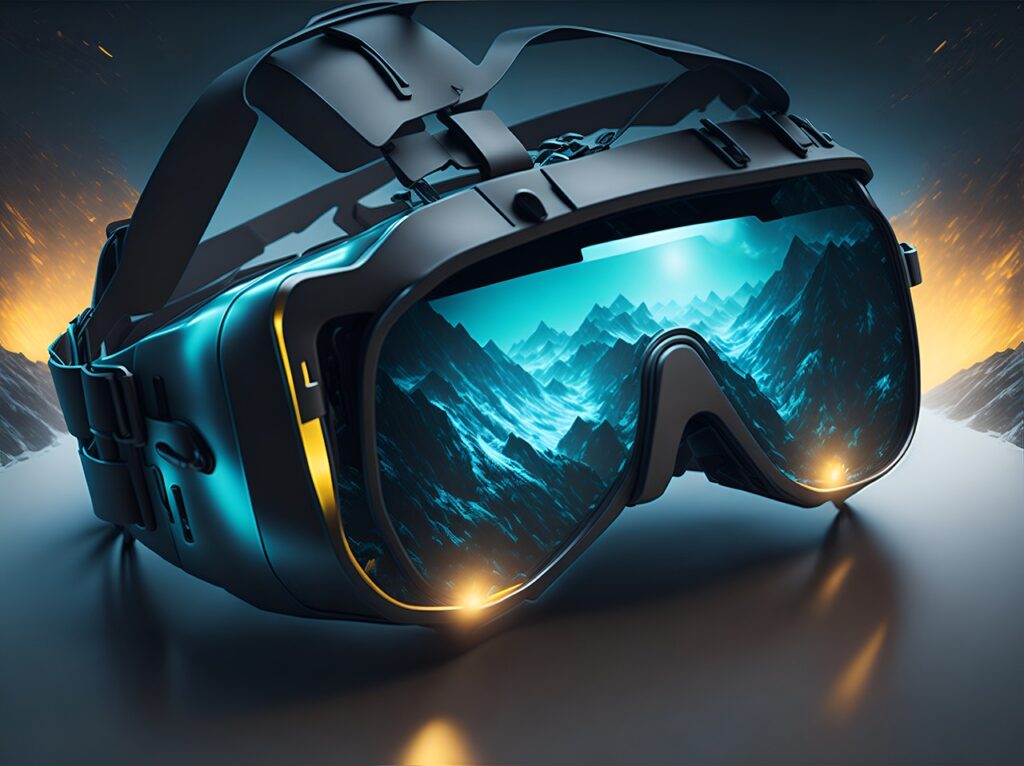
Understanding VR Motion Sickness
What is VR Motion Sickness?
VR motion sickness, often referred to as “virtual reality sickness,” occurs when there’s a disconnect between the movement you see and the movement your body feels. While your eyes are immersed in a fast-paced VR environment, your body remains stationary, leading to symptoms like dizziness, nausea, and vertigo.
Why Does VR Motion Sickness Happen?
The root cause of VR motion sickness lies in sensory conflict theory. In essence, your brain receives conflicting signals from your visual system and your vestibular system (which controls balance). Your eyes tell you that you’re moving, but your body disagrees. This mismatch can lead to confusion in your brain and trigger symptoms of motion sickness.
Factors Contributing to VR Motion Sickness
Duration of VR Sessions
Prolonged exposure can intensify symptoms. It’s important to start with short sessions and gradually build up your tolerance.
Motion and Camera Movements
Rapid and unnatural movement within the VR world can exacerbate motion sickness. Developers should aim for smooth and predictable camera movements to keep users more comfortable.
Frame Rate and Latency
A low frame rate or high latency can disrupt the synchronization between what you see and what you feel, increasing the likelihood of motion sickness. A smoother experience (typically 90 frames per second or higher) can help mitigate these issues.
Field of View (FOV)
A wider field of view can offer a more immersive experience but might also increase discomfort. Finding the right balance is key.
VR Content
Certain types of content are more likely to trigger motion sickness. Fast-paced action games or flight simulations can be particularly challenging for new users.
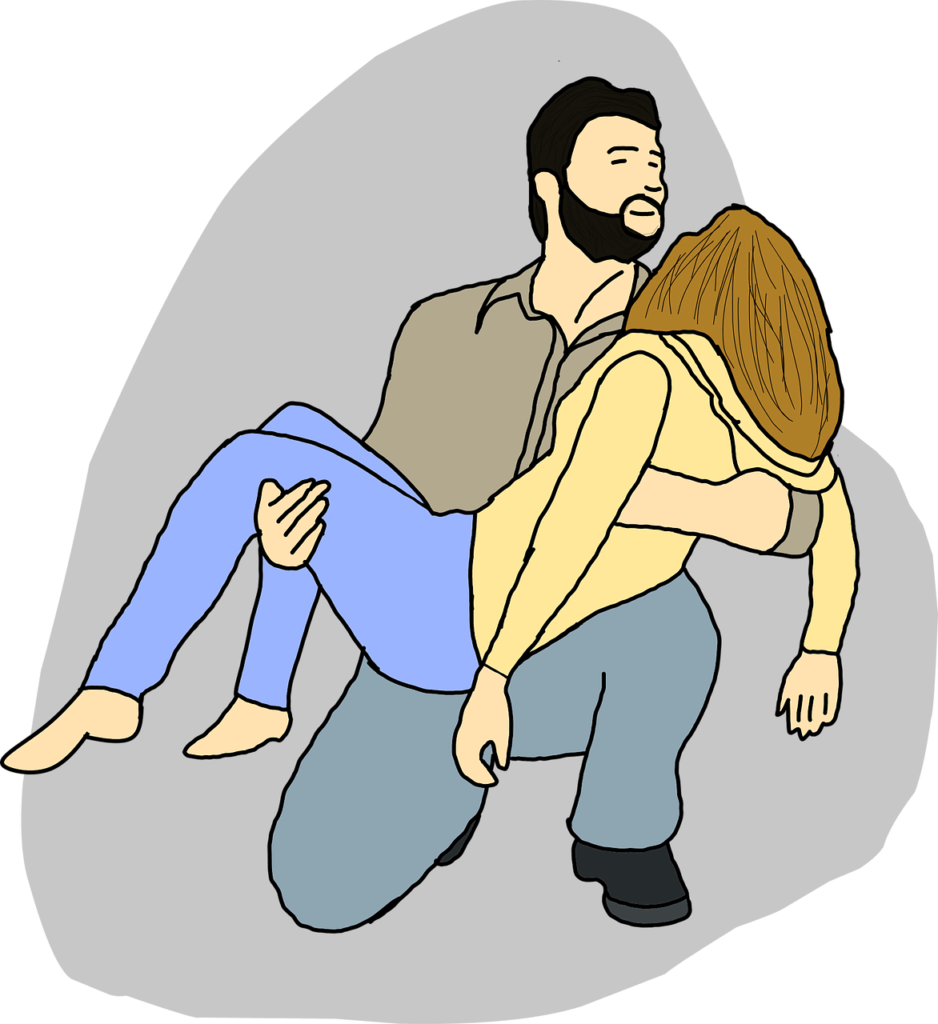
Tips to Reduce Motion Sickness in VR
Adjusting the VR Environment
A well-adjusted VR environment can make a substantial difference in your comfort levels.
Frame Rate Optimization
Ensure that your VR headset and connected system can support high frame rates. This reduces the lag between your head movements and what appears on screen.
Adjustable Field of View
Experiment with the field of view settings. Reducing the FOV can lower motion sickness for some users, even if it may slightly reduce the immersive experience.
Gradual Acclimation
Start with shorter VR sessions and gradually increase your exposure over time. This allows your brain to adapt to the new sensory environment.
Use of Comfort Mode
Many VR games and applications come with comfort modes that adjust the speed and type of movement within the game. These modes can be particularly helpful for those new to VR or sensitive to motion sickness.
Proper Positioning and Movement
Maintain your physical positioning and move your virtual position in a way that aligns with natural body movements. Avoid excessive spinning or rapid head movements.
Physical Exercises to Prevent Motion Sickness
Exercise and Conditioning
Building your physical tolerance to movement can help you withstand longer VR sessions.
Vestibular Rehabilitation Exercises
Exercises such as head movements and balance exercises can enhance your vestibular system’s tolerance to sensory mismatches.
Breathing Techniques
Deep and controlled breathing can help reduce the feeling of nausea. Try taking slow, deep breaths to maintain a sense of calm.
Gentle Physical Movements
While in VR, using gentle and controlled movement can mitigate the sensation of motion sickness. This can include leaning slightly into turns or avoiding jerky motions.
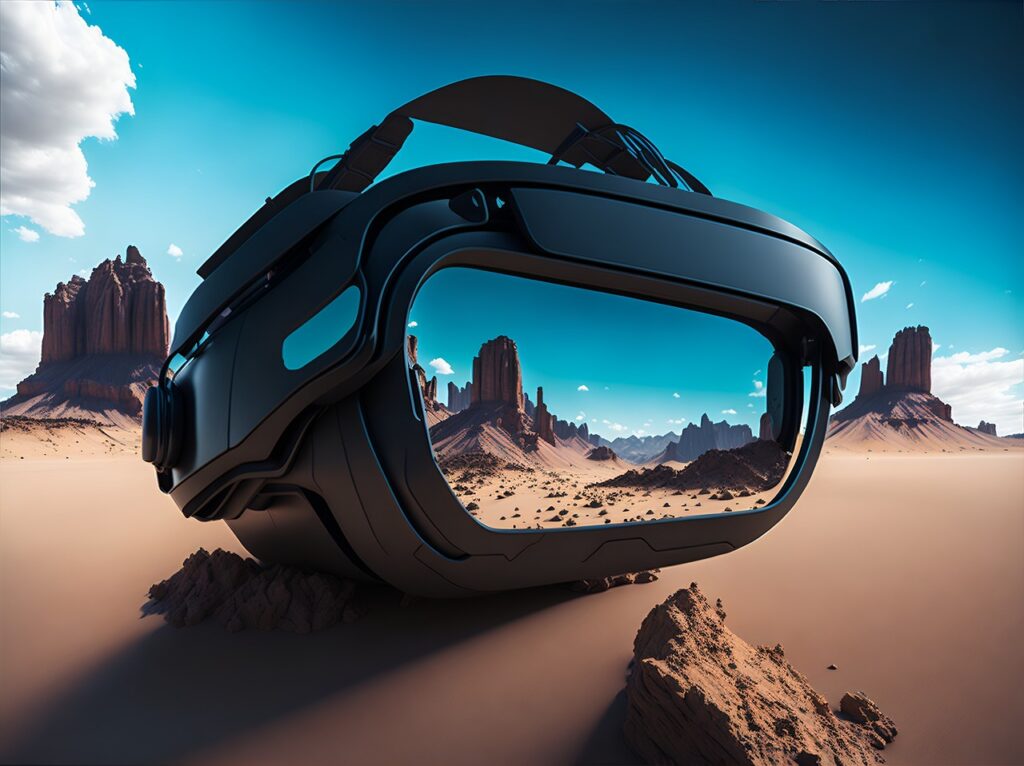
Technological Solutions
Hardware Improvements
Innovations in VR hardware can play a crucial role in reducing motion sickness.
High-Resolution Displays
High-resolution displays can reduce the screen-door effect (visible gridlines between pixels) and provide a clearer, more stable image.
Eye Tracking Technology
Advanced headsets equipped with eye-tracking technology can adjust rendering based on where you’re looking, which can provide a more immersive and less nauseating experience.
Software Solutions
Software advancements also offer various ways to combat VR motion sickness.
Predictive Tracking Algorithms
By predicting your head movements, these algorithms can render frames more accurately, reducing latency and improving the overall experience.
Adaptive Environments
Adaptive environments react to your comfort level and make real-time adjustments to reduce potential discomforts, such as changing the field of view during fast movements.
Enhanced Motion Controllers
Good motion controllers can complement the VR experience by ensuring your movements are more precise and in sync with the virtual environment. This can help reduce the discord between what your brain sees and feels.
Best Practices for VR Developers
Designing for Comfort
Game and app developers can significantly influence comfort by keeping certain principles in mind.
Smooth Motion
Ensure in-game movements are smooth and predictable. Avoid sudden stops and rotations.
Positional Audio
Incorporate positional audio to provide a more coherent sense of direction and movement within the game.
Tutorial and Acclimation Periods
Include tutorials and initial acclimation periods that allow players to gradually get used to the VR environment before jumping into more intense gameplay.
Avoiding Triggers
Identify and reduce elements known to trigger motion sickness.
| Trigger | Mitigation Strategy |
|---|---|
| Rapid movements | Implement comfort modes with slower speeds |
| Complex camera angles | Maintain a stable horizon line |
| Poor visual quality | Use high-resolution graphics and textures |
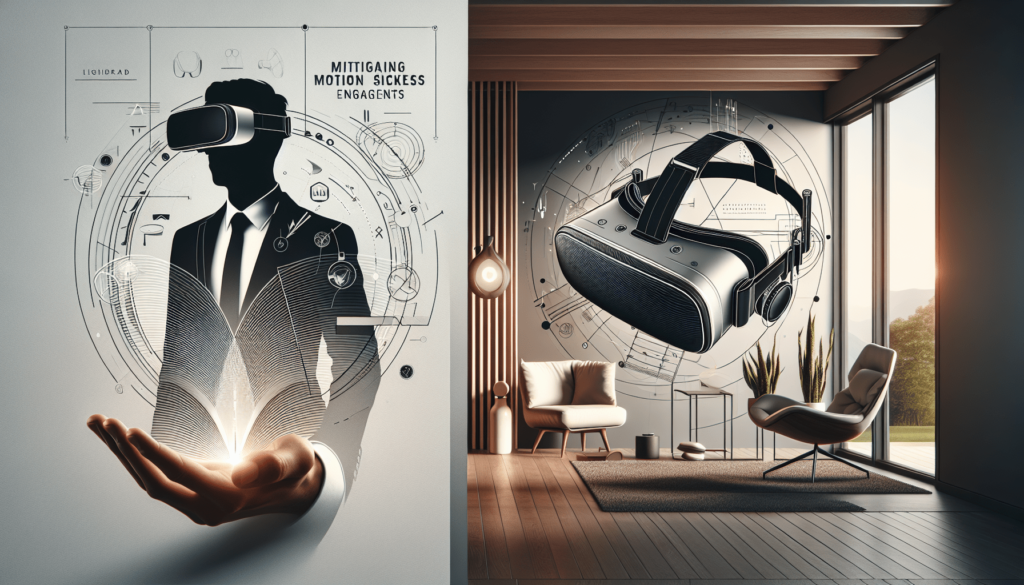
User Stories and Experiences
First-Hand Accounts
Hearing how others have managed VR motion sickness can provide valuable insights and tips that you might not find in studies or product manuals.
Case Study: Amanda’s Gradual Exposure
Amanda was thrilled when she got her first VR headset but quickly found herself struggling with motion sickness. By starting with five-minute sessions and gradually increasing her time in VR, Amanda could finally enjoy full-length VR games without discomfort.
Community Tips
The VR community is always sharing new ways to tackle motion sickness. From chewing gum to using special VR motion sickness bands, there’s a wealth of knowledge out there.
Common Community Strategies
- Ginger Supplements: Often recommended for nausea, ginger tablets can be taken before a VR session.
- Regular Breaks: Taking a five-minute break every 20 minutes can do wonders for preventing symptoms.
- Hydration: Staying hydrated helps in mitigating the feeling of dizziness and nausea.
Keeping Your Equipment in Top Shape
Regular Maintenance
Maintaining your VR equipment can also play a role in reducing motion sickness.
Clean Lenses
Ensure your VR lenses are clean and free from smudges, as this can affect visual clarity.
Firmware Updates
Regular firmware updates can improve system performance and might include specific improvements to reduce motion sickness.
Proper Fit
Make sure your VR headset fits securely and comfortably. A poorly fitted headset can create additional discomfort and exacerbate motion sickness.
Conclusion
Motion sickness in VR can be a significant barrier, but it is far from insurmountable. By understanding the root causes and experimenting with various solutions—both technological and physical—you can greatly enhance your VR experience. Whether it’s through adjusting your VR settings, gradual acclimatization, or leveraging the latest hardware advancements, you have several strategies at your disposal to reduce and even eliminate motion sickness.
Here’s to smoother, more enjoyable VR journeys ahead! So, the next time you dive into a virtual world, keep these tips in mind and focus on the incredible experiences that await you, free from discomfort.

